The 1000s was a decade of the Julian Calendar which began on January 1, 1000, and ended on December 31, 1009.
The 940s decade ran from January 1, 940, to December 31, 949.
The 950s decade ran from January 1, 950, to December 31, 959.
The 960s decade ran from January 1, 960, to December 31, 969.
The 970s decade ran from January 1, 970, to December 31, 979.
The 980s decade ran from January 1, 980, to December 31, 989.
The 990s decade ran from January 1, 990, to December 31, 999.

Year 969 (CMLXIX) was a common year starting on Friday of the Julian calendar, the 969th year of the Common Era (CE) and Anno Domini (AD) designations, the 969th year of the 1st millennium, the 69th year of the 10th century, and the 10th and last year of the 960s decade.

Year 966 (CMLXVI) was a common year starting on Monday of the Julian calendar.

Year 1002 (MII) was a common year starting on Thursday of the Julian calendar.
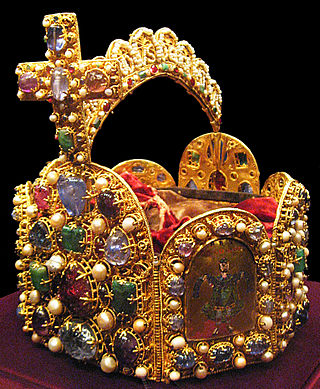
Year 962 (CMLXII) was a common year starting on Wednesday of the Julian calendar.

Year 963 (CMLXIII) was a common year starting on Thursday of the Julian calendar.
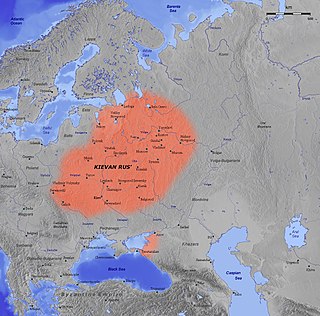
Year 968 (CMLXVIII) was a leap year starting on Wednesday of the Julian calendar.
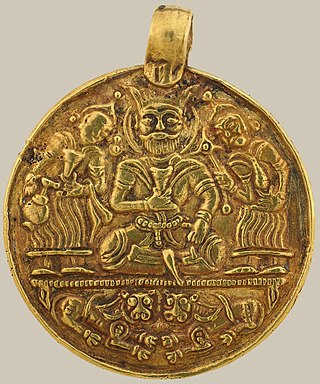
Year 983 (CMLXXXIII) was a common year starting on Monday of the Julian calendar.
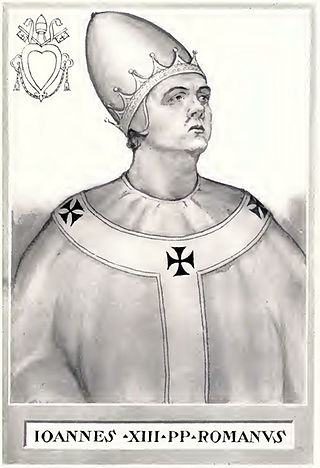
Year 965 (CMLXV) was a common year starting on Sunday of the Julian calendar.
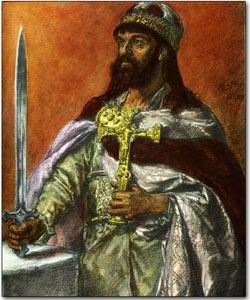
Year 960 (CMLX) was a leap year starting on Sunday of the Julian calendar. It was the 960th year of the Common Era (CE) and Anno Domini (AD) designations, the 960th year of the 1st millennium, the 60th year of the 10th century, and the first year of the 960s decade.

Year 977 (CMLXXVII) was a common year starting on Monday of the Julian calendar.
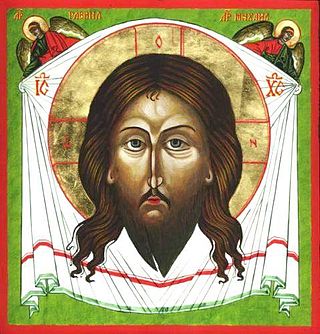
Year 944 (CMXLIV) was a leap year starting on Monday of the Julian calendar.

Nikephoros II Phokas, Latinized Nicephorus II Phocas, was Byzantine emperor from 963 to 969. His career, not uniformly successful in matters of statecraft or of war, nonetheless greatly contributed to the resurgence of the Byzantine Empire during the 10th century. In the east, Nikephoros completed the conquest of Cilicia and retook the islands of Crete and Cyprus, opening the path for subsequent Byzantine incursions reaching as far as Upper Mesopotamia and the Levant; these campaigns earned him the sobriquet "pale death of the Saracens".
The 1020s was a decade of the Julian Calendar which began on January 1, 1020, and ended on December 31, 1029.












